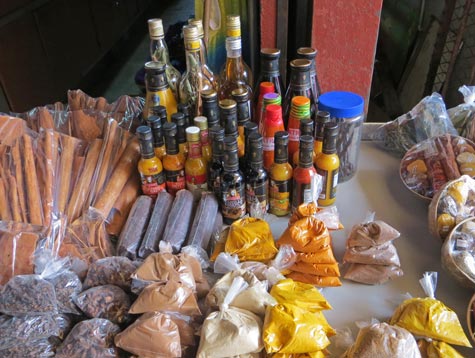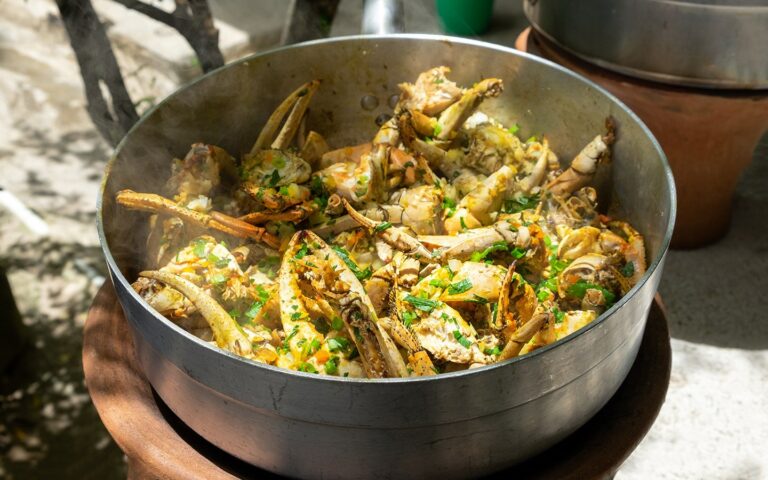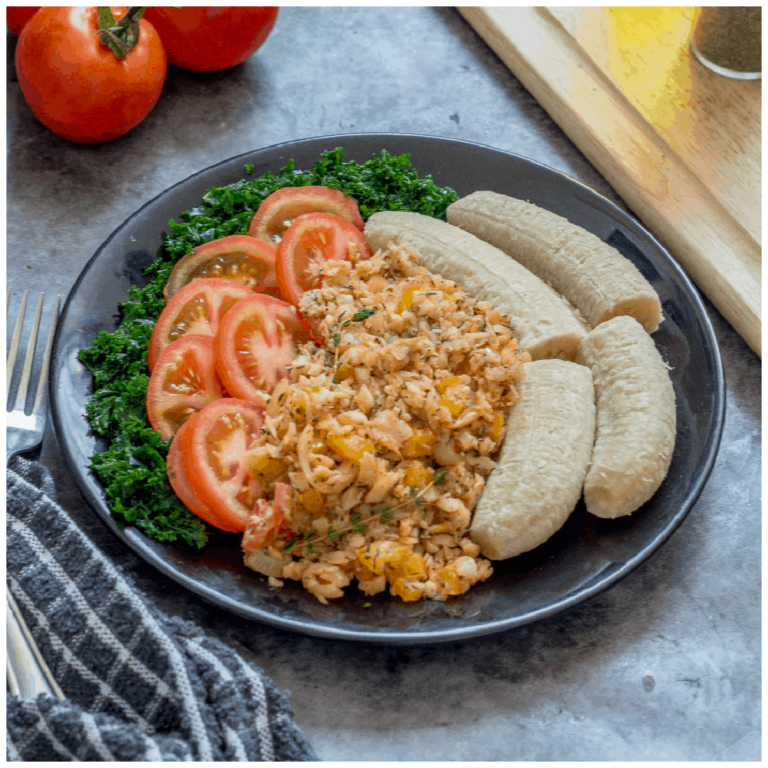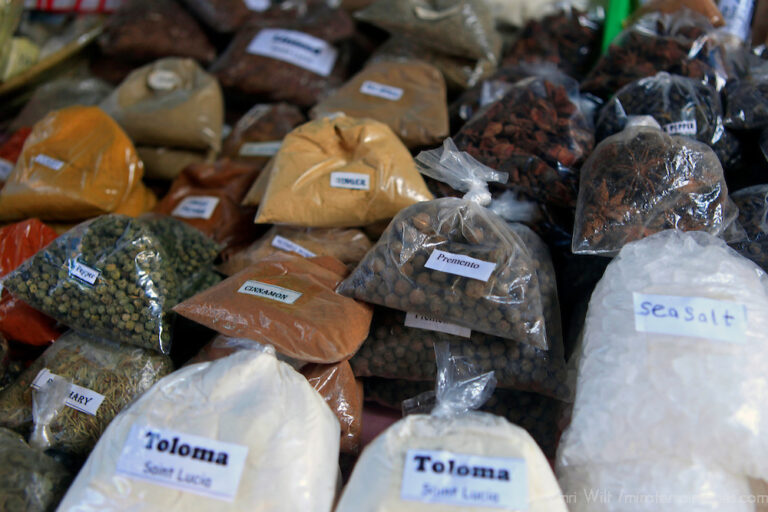Introduction: Insights on Saint Lucian Cuisine
Saint Lucia is a Caribbean island nation with a rich history and diverse culture. It is known for its stunning natural beauty, vibrant music, and delicious food. Saint Lucian cuisine is a blend of African, Caribbean, European, and East Indian influences. The cuisine is characterized by its bold flavors, fresh ingredients, and vibrant colors.
Spices in Saint Lucian Cuisine: A Brief Overview
Spices play a crucial role in Saint Lucian cuisine, adding flavor, aroma, and color to the dishes. Saint Lucia’s climate is ideal for growing a wide variety of spices, which are used in both sweet and savory dishes. The country’s spice markets are a sight to behold, with vendors selling everything from cinnamon and nutmeg to ginger and turmeric.
The Role of Spices in Saint Lucian Recipes
Spices are an essential component of Saint Lucian recipes. They are used to enhance the natural flavors of the ingredients, create complex flavor profiles, and add depth to the dishes. Spices are also used to preserve food, as in the case of pickled fish or chicken, which are marinated in vinegar and spices before being cooked.
Popular Spices in Saint Lucian Cooking
Some of the most popular spices used in Saint Lucian cooking include ginger, garlic, cinnamon, allspice, nutmeg, thyme, and bay leaves. These spices are used in a range of dishes, from curries and stews to baked goods and desserts. Saint Lucian cuisine also features a range of hot peppers, including Scotch bonnets, which are used to add heat and flavor to dishes.
Heat Levels in Saint Lucian Cuisine: Mild to Spicy
While Saint Lucian cuisine is known for its bold flavors, it is not necessarily spicy. Heat levels in Saint Lucian dishes can vary widely, from mild to very spicy. The use of hot peppers is common, but not all dishes are prepared with them. It is up to the individual cook to decide how much heat to add to a recipe.
Conclusion: Final Thoughts on the Spiciness of Saint Lucian Cuisine
In conclusion, Saint Lucian cuisine is a flavorful and diverse blend of spices, herbs, and fresh ingredients. While heat levels can vary, the cuisine is not necessarily spicy. Some dishes are mild and savory, while others are hot and fiery. Whether you prefer your food mild or spicy, Saint Lucian cuisine is sure to delight your taste buds with its unique and delicious flavors.




